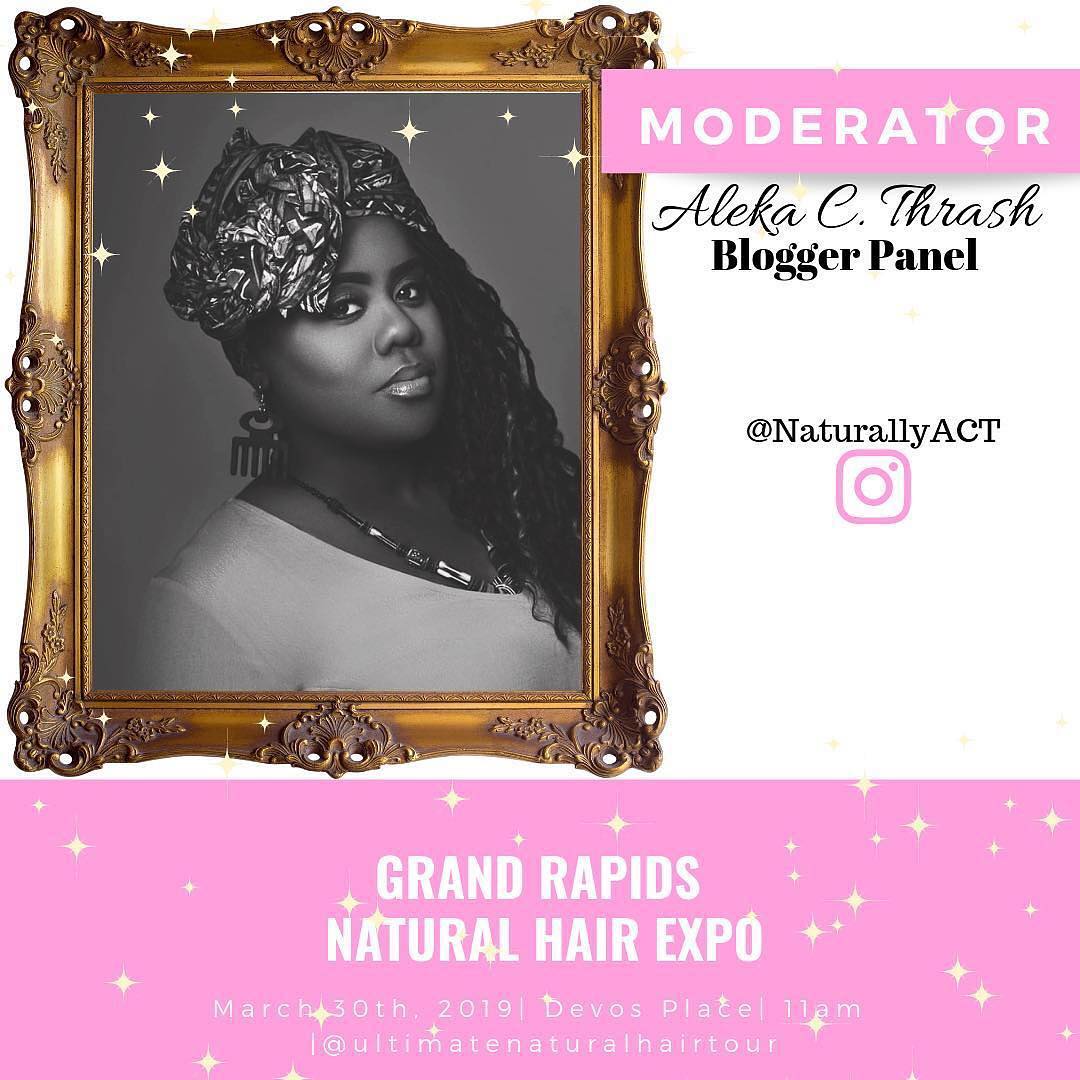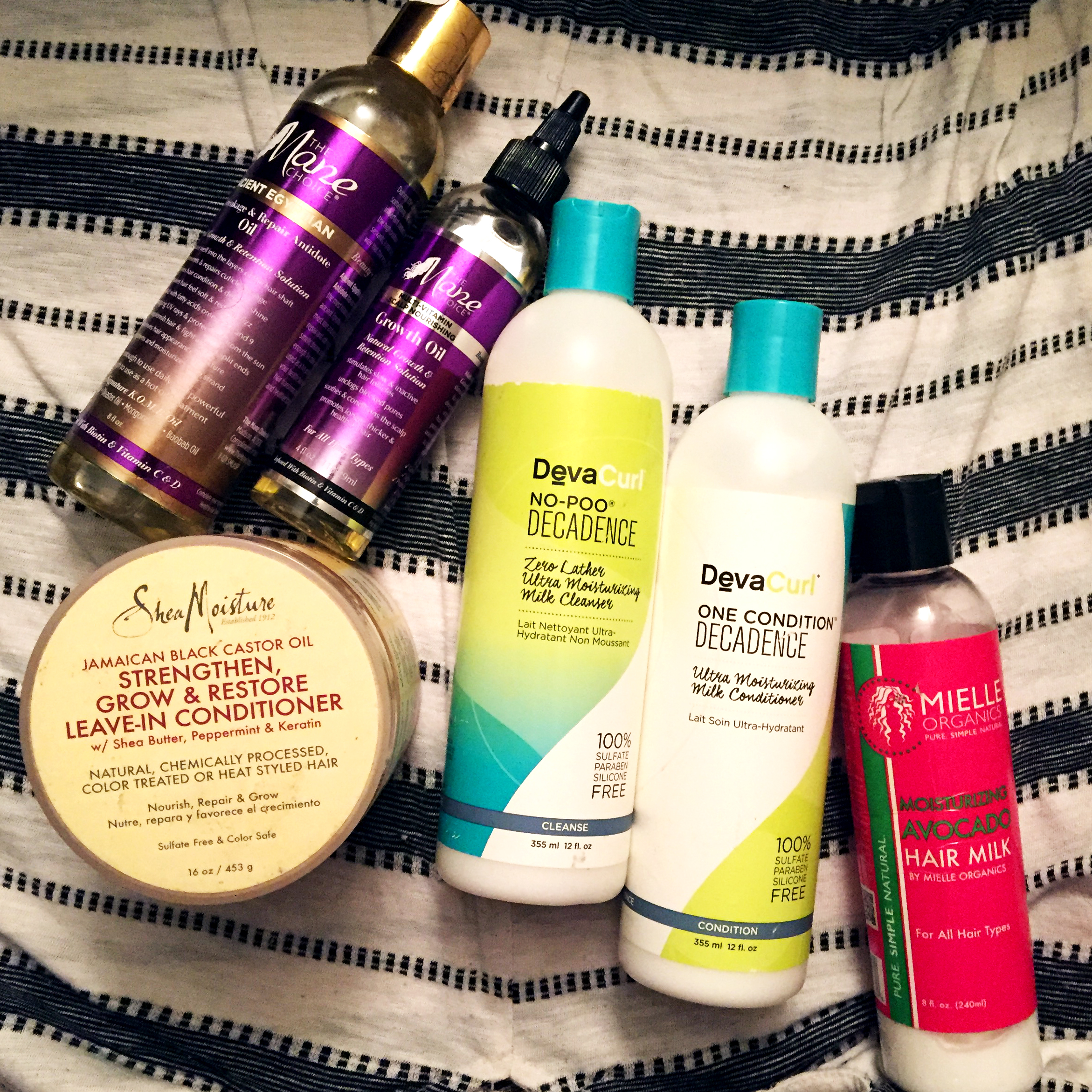My journey…
I transitioned form relaxed to natural in 2006, and was blessed to have an amazing stylist help me. I knew I no longer wanted a relaxer yet I had no idea what to do. At the time YouTube had just started and honestly I don’t even remember if I knew it existed. Choosing not to do the big chop was the best option for me, it allowed me try many styles. It took me about 15 months to fully transition with out doing the big chop.
What I did while transiting…
Minimize Direct Heat
This is includes Flat Irons, Blow Dryers, etc. (If you do blow-dry use cool settings only). This may seem like a hard task, however I believe transitioning using ‘no heat’ policy was the reason my hair stayed so healthy. Yes! I did experience some breakage as to be expected, yet flat ironing and blow-drying would have made the problem worse. The only exception to this rule was indirect heat while using a hooded dryer for deep conditioning, I still use heat when deep conditioning.
Trim Your Hair Regularly
While transitioning I trimmed my hair at least once every 4 to 6 weeks month. My ends are prone to splitting due to my hair being so damaged from the relaxer. Sometimes my stylist would cut less than a quarter of an inch. I have found that my hair become healthier as I transitioned.
PreShampoo
Preshampoo or Pre-pooing is the process of moisturizing your hair before you shampoo. Doing this will help strengthens your hair and prevent breakage. I like to pre-poo using and inexpensive rinse-out conditioner with a mix of olive & jojoba oil. Conditioner helps strengthen the hair, and helps tangles before cleansing your hair with shampoo.
Shampoo in Sections
It became difficult to detangling my hair because the new growth and relaxed hair was so different. Thus shampooing in sections although was time consuming process, I found that it saved me a lot of ripping and breakage. I really started seeing major growth during my 4th month of the transitioning.
Deep Condition Weekly (or every two weeks)
Deep conditioning will help keep your relaxed hair and new growth healthy as you transition. Deep conditioning helps me retain moisture especially during those winter months when the weather is dry.I like to start distributing product from root to end. It was easy to our ends when applying product because I was so focused on the new growth (don’t do that). I put a generous amount of product on my hair after shampooing and placed a plastic cap and a hooded dryer.
Things to remember:
- Some breakage is inevitable, so keeping your hair trimmed help it from look ragged at the ends.
- During the transitioning process your ends or relaxed hair will become weaker and brittle.
- Use NO SULFATE shampoos sulfates are known to dry out.
- Try one of these transitioning hair kits

